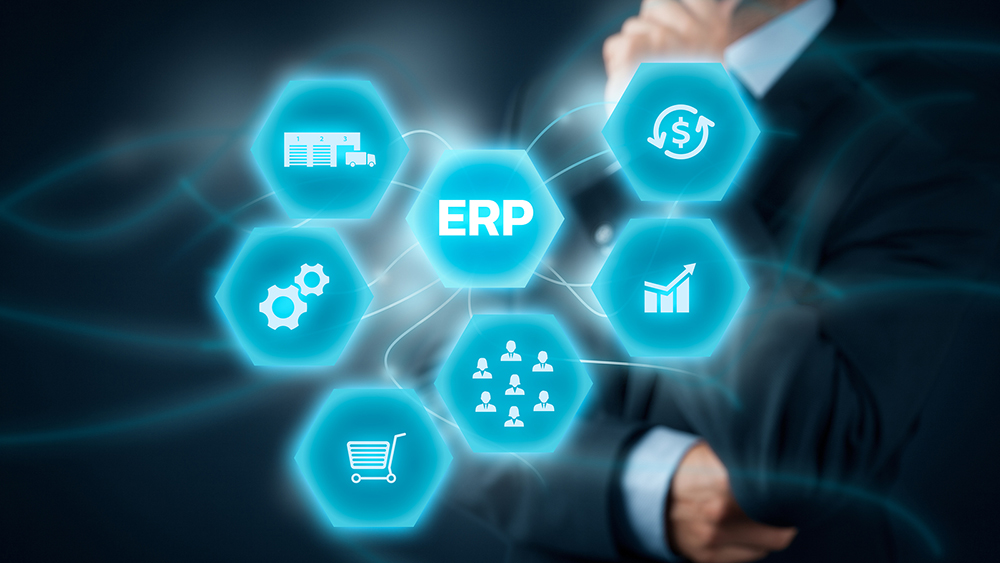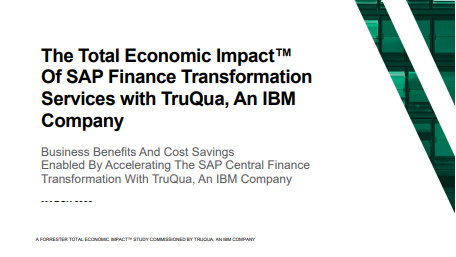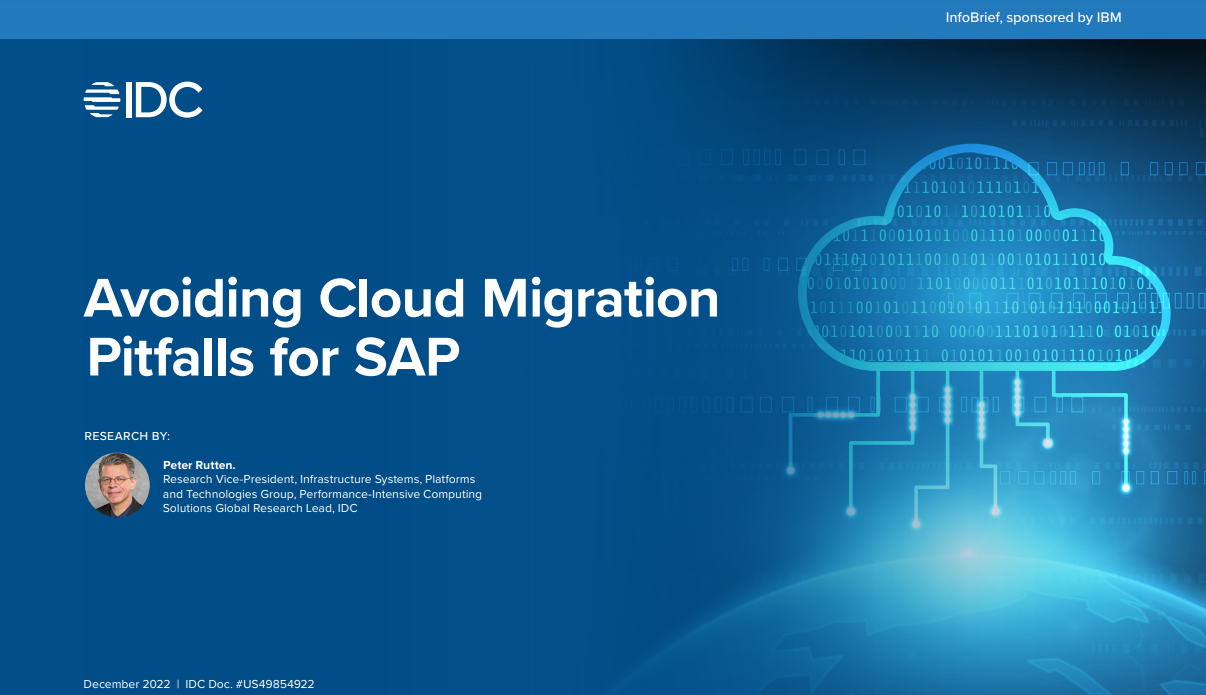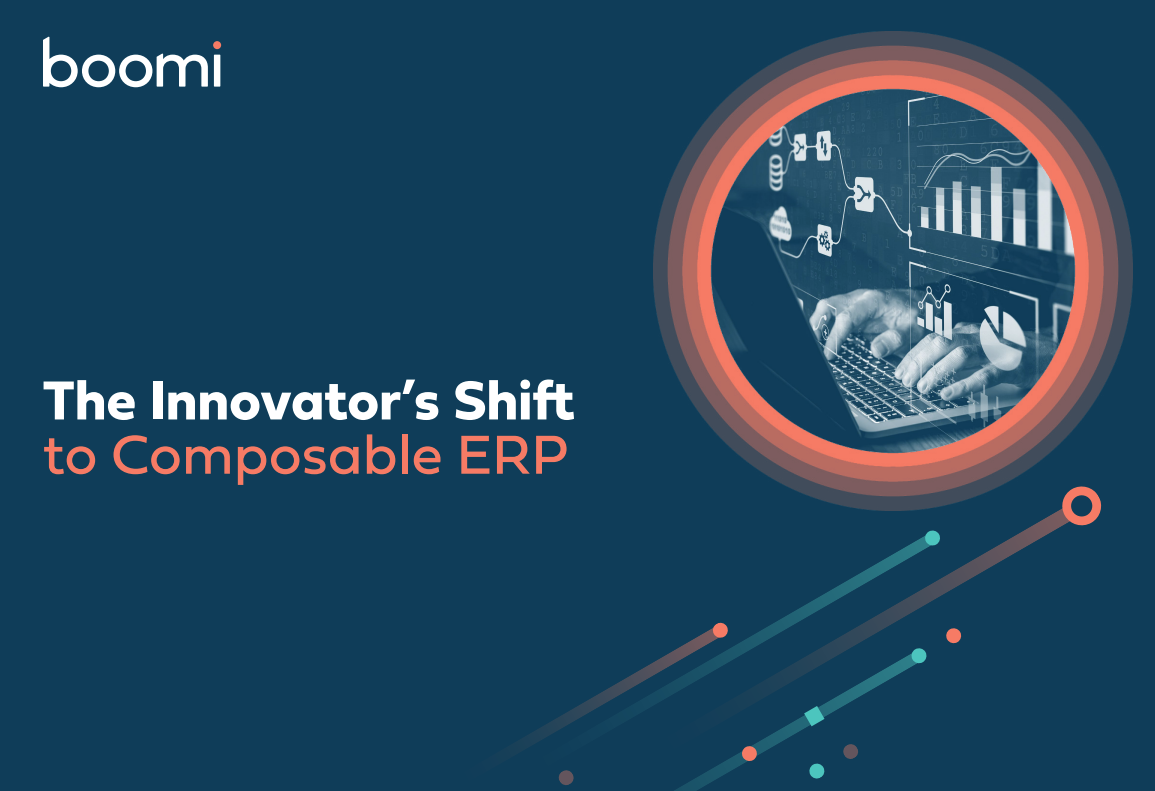Why doesn’t cloud ERP just work?
There are signs that the take-up of cloud-based ERP is already waning, so how should CIOs proceed?

Cloud has generally continued on an unstoppable, upward path but there’s one glaring exception. Signs are that cloud-based ERP implementation appears to have hit a cliff: why should this be? And should CIOs only be considering on-premise ERP in the future?
Perhaps we need to ask whether or not the implementation mechanics and operational details of the cloud ERP technology proposition have been clearly and lucidly expressed by the industry itself in the first place? Should we question whether CIOs and IT managers have understood the core ‘product functionality’ messages here? What dos and don’ts can we offer for cloud ERP adopters of all sizes? If there are inhibitory forces in action against cloud ERP, how should they be overcome?
Victoria Livschitz was someone who desperately wanted a cloud-based ERP system but was let down by what was available. Livschitz who is CEO of application deployment and configuration management specialist Qubell and also executive chair of cloud solutions firm Grid Dynamics, a company that was looking into ERP last year.
“We had one hard and fast criteria (sic) - it had to be cloud-based ERP,” she says. “Grid Dynamics' business centres on easing cloud adoption for enterprises, so we run 100 per cent of our internal business applications on the cloud and help our customers do the same. In the name of ’eating our own dog food’, we have always used SaaS and cloud solutions for all internal needs.”
“After searching the vendor space back and forth, we were forced to accept Microsoft’s non-cloud ERP version. This decision is still wrenching our guts. We even offered Microsoft the option to act as a guinea pig for its some-day-cloud-based solution. It didn't work out,” she added.
Livschitz is philosophical about the current market inertia behind true cloud ERP; she insists that SaaS is winning everywhere from a time-to-implementation and availability perspective and that ERP is not and should not be an exception. “There is nothing to deploy, manage, upgrade or secure. My team is not qualified to operate ERP. I don't want to hire people or train people who are qualified to operate ERP. It's not my business. I want to pay the vendor for the value the tool brings, and SaaS lets me do just that,” she says.
As a firm with 400 staff, Grid Dynamics sits on the outside edge of what we might still define as a small to medium sized business. But if its experience with cloud ERP is in any way typical, then the industry needs to reassess its delivery of this technology.
Sign up today and you will receive a free copy of our Future Focus 2025 report - the leading guidance on AI, cybersecurity and other IT challenges as per 700+ senior executives
As Livschitz reminds us, customers want cloud ERP because they know good SaaS vendors will roll out new product improvements continuously. But this is precisely why being SaaS vendor is so hard - you have to understand how to manage technology evolution inside the service skin. Cloud is a business philosophy for firms who know they don’t want to have many IT assets, but ERP needs to integrate with a great deal of other software tools inside the IT stack from mobile optimisation functions, to internal social communication channels to backend firewall layers before it can be quickly delivered.
Microsoft UK for its part has made some efforts to regain previously lost ground in the public discussion arena. The company tells us that cloud (and cloud ERP at that) is “not an obligation” today. But that still sounds like an excuse. What about those companies that do want to implement it?
The ‘organisational cultural dynamic’ factor Microsoft says its advice for CIOs is to ensure all ERP stakeholders are engaged pre, during and post deployment i.e. they must be active contributors throughout. “[Companies should] recognise that ERP is a critical business application and apply an experienced project manager who understands both the ‘organisational dynamic’ and the capabilities of the system. “It is also crucial to apply key metrics to your implementation plan, to ensure progress is being made in the right direction,” says Dave Hirst, product marketing manager, Microsoft UK.
As helpful as this might sound at first, this is surely a broad brush statement isn’t it? What key metrics is Microsoft talking about? An obvious starting point here might be a firm’s Key Performance Indicators (KPIs), as we examine how well these budgetary, productivity, profitability, efficiency and ‘other’ metrics perform throughout the adoption of cloud ERP.
“The most important driver [for cloud ERP] should not be time or budget, it should be business value,” argues Robert W. Starinsky, managing principal/owner of Chicago-based Tradewinds Group. “While it is true that most ERP (and other packages) produce no ROI themselves, they can and do influence other business processes in positive, measurable ways.”
As useful as these comments are on a more practical level, we still need to look at what ERP really seeks to achieve to be able to know which metrics will gauge its effectiveness. Which wheels and cogs of the business does ERP seek to grease? If we can answer this question then we may be able to get a direct feel for which measurable factors really translate to that always-intangible thing called ‘business value’.
In a debate on the Toolbox.com practitioner discussion forum on this exact subject, user Fernando Granier has said that ERP metrics could include inventory stock reduction, reduced purchasing cost, faster month end closing, improved equipment availability,
lower cost of maintenance, improved cash flow etc. Let’s remember what ERP stands for - Granier has a point i.e. these are all “enterprise resources” in motion.
ERP is actually quite complex Jim Plourde, VP of cloud services at enterprise software specialist Infor, suggests the early spike the market saw in cloud ERP adoption may have been an anomaly. “ERP in general is more complex than most enterprise solutions… and the manufacturing vertical is fairly conservative. Both of these factors have led to the belief that ERP will move to the cloud more slowly than many other solutions.”
Plourde reminds us that early ERP SaaS providers have not been as ‘functionally deep’ as the traditional on premise providers. He tells us that his firm is now positively addressing the shift and moving its ‘deep functionality’ solutions to the cloud, aggregated in CloudSuites and tuned for what the company refers to as ‘micro-vertical’ markets.]
Applications here include tools such as Reconciliation Management, Human Capital Management and Distribution Management products and sub-modules for Infor’s specialised market focus, which include the non-profit, financial, hospitality and healthcare sectors. The hope here is that this will allow smaller sized ERP customers to adopt a cloud deployment option without having to make a trade-off in functionality.
However, other companies report a different story. NetSuite’s EMEA president, Pete Daffern is ebullient about what he claims is “consistent adoption” of cloud ERP among businesses of all sizes over the last 15 years.
For Daffern the key is a post-cloud ERP product, as opposed to a pre-Internet one, "Many software companies simply stick the C-word in front of hosted versions of older on-premise solutions without adding any of the proven business benefits that come with a true cloud offering," he says. "True cloud ERP provides executives the real-time competitive advantage of being able to have a 360 view of their business, built into KPIs."
The difference between old ERP (with a C-cloud word in front) and true cloud ERP is clearly the real-time connected nature of a cloud-based system, integrated data intelligence that knows what information can be used for analytics and what will remain comparatively unstructured and, also, this 360-degree view that comes from the “interconnectedness” of a full-blown SaaS-based deployment.
Is there any hope for the smaller business attempting to plug into cloud-based ERP right now? The answer is no, but yes, eventually.
Enterprise cloud ERP will remain the initial focus of all the big players because cloud ERP is complex and life is difficult. But it will get easier, and smaller ERP morsels will emerge, tailored for cloud.
As NetSuite’s Daffern has said, cloud ERP is “just the beginning” here. There is an expectation from the users that business systems should work in the same way their consumer products work. Users expect to be able to host data, share information, communicate and collaborate in the cloud. At the moment, it all seems to be one step too far but cloud ERP's time will come.
-
 How Crew Clothing went mobile to turn around a struggling business
How Crew Clothing went mobile to turn around a struggling businessCase Study Mobile sales tech unleashed a tide of change, buoying further growth across the UK coast-inspired casualwear chain
-
 The Total Economic Impact™ of SAP finance transformation services with TruQua
The Total Economic Impact™ of SAP finance transformation services with TruQuaWhitepaper Business benefits and cost savings enabled by accelerating the SAP central finance transformation
-
 Avoiding cloud migration pitfalls for SAP
Avoiding cloud migration pitfalls for SAPWhitepaper Determining the best approach to SAP HANA
-
 What to expect from Oracle CloudWorld 2022
What to expect from Oracle CloudWorld 2022Opinion Larry Ellison and co are heading to Las Vegas for a rebranded cloud-centric show
-
 Microsoft announces Teams chat integration for Dynamics 365
Microsoft announces Teams chat integration for Dynamics 365News The integration offers features to streamline collaboration between teams while aiming to enable the faster closing of sales
-
 Unit4 acquires Scanmarket to bolster ERP suite
Unit4 acquires Scanmarket to bolster ERP suiteNews The acquisition aims to extend Unit4’s transactional procurement functionality and provide more benefits for its customers
-
 ERP transformation timeframes cut from years to weeks
ERP transformation timeframes cut from years to weeksNews Businesses are no longer questioning the value of digitisation, SAP execs say, but the c suite is still holding things back
-
 The innovator’s shift to composable ERP
The innovator’s shift to composable ERPWhitepaper How to modernise with as little risk as possible

